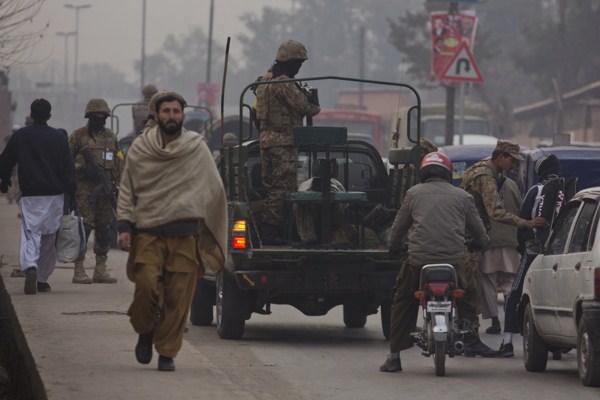On Dec. 16, militants from Tehreek-e-Taliban Pakistan (TTP) infiltrated Peshawar Cantonment, a high-security zone under military administration housing key government offices, and attacked the Army Public School, killing 145 people—132 of them children.
The massacre was a stark reminder of Pakistan’s crisis of urban violence, weaknesses in its intelligence apparatus and the need to strengthen its counterterrorism capabilities. The attack prompted the government to swiftly adopt new measures to improve counterinsurgency and counterterror efforts. Nevertheless, significant changes in strategic thinking and internal reforms will be needed for this incident to become a watershed moment for Pakistan’s security policies.
Pakistan’s major cities are vulnerable to frequent and high-profile militant violence. For example, in 2013 nearly one-third of all terrorist attacks in Pakistan occurred in the country’s five major cities, with Karachi and Peshawar the worst hit. December’s attack was just the latest in a series of spectacular urban assaults that the TTP, which maintains a special urban combat unit, has conducted in recent years.

